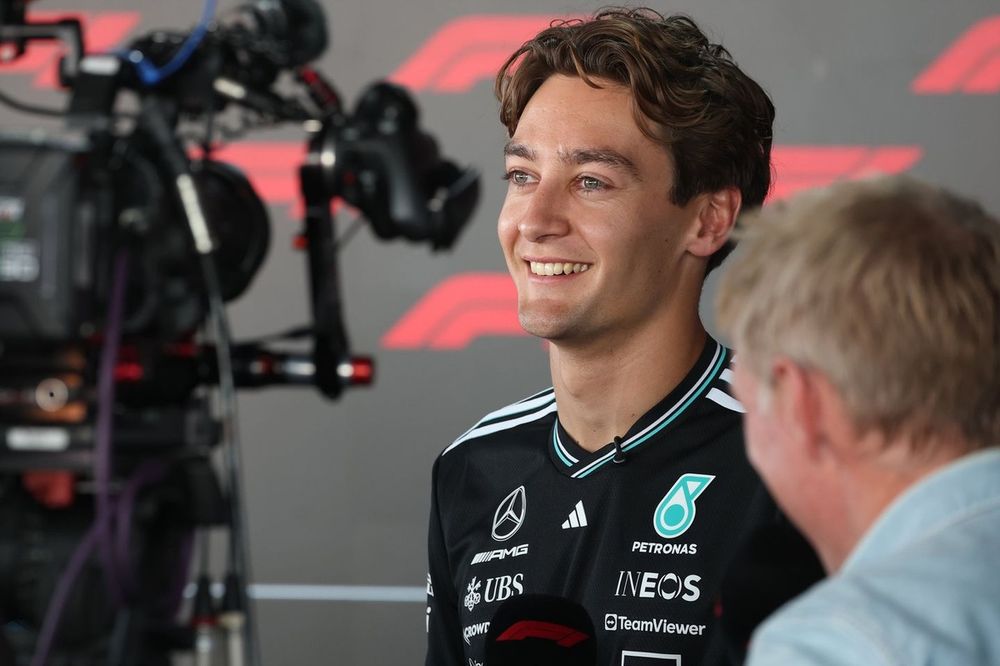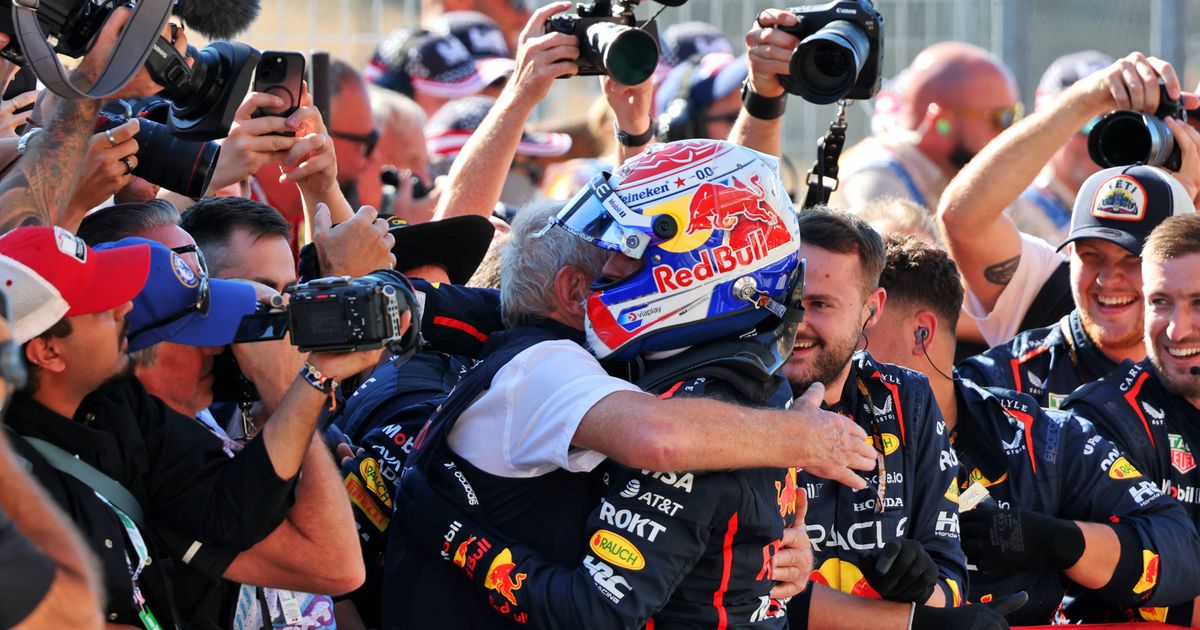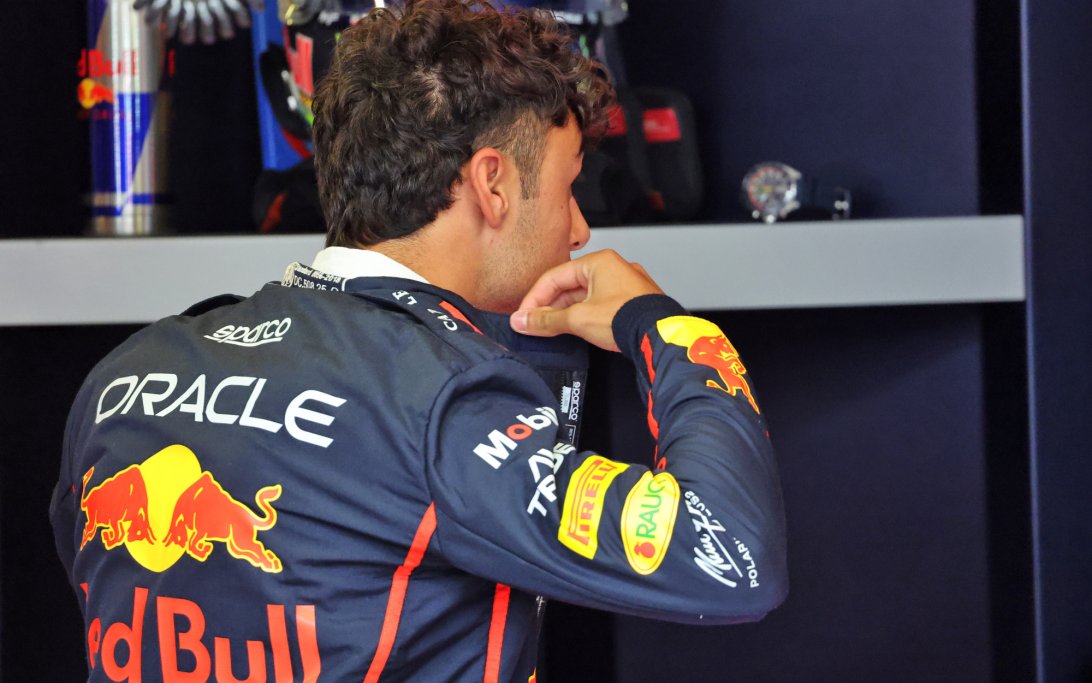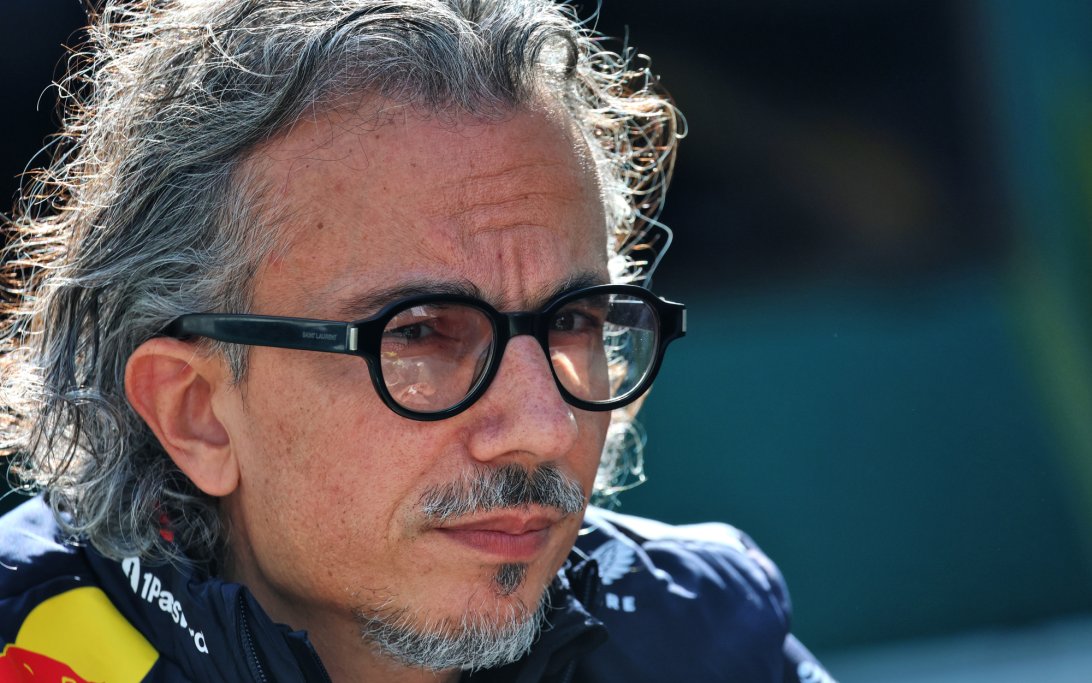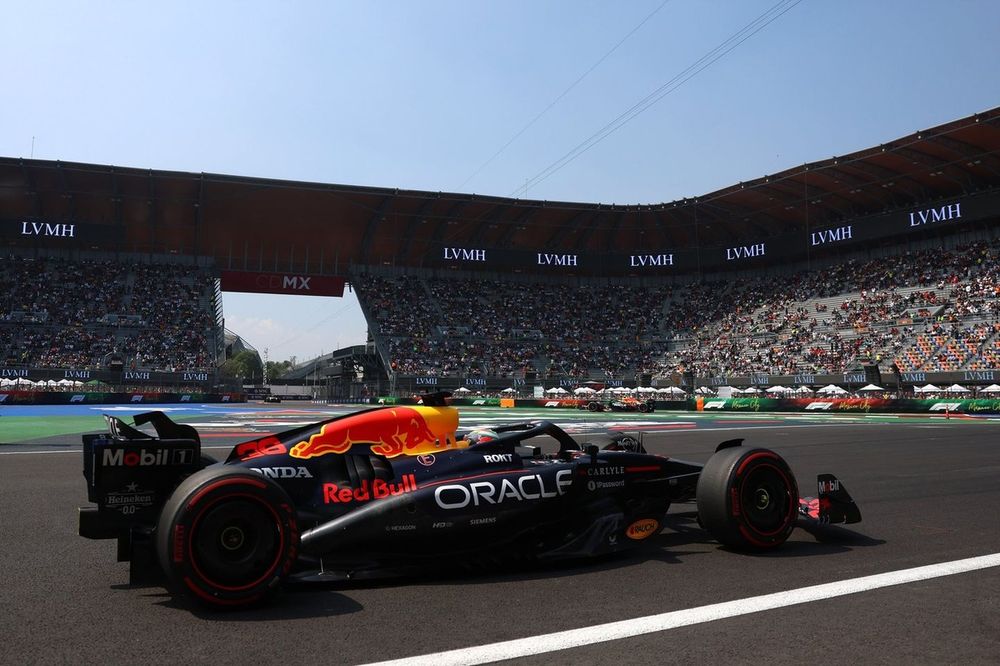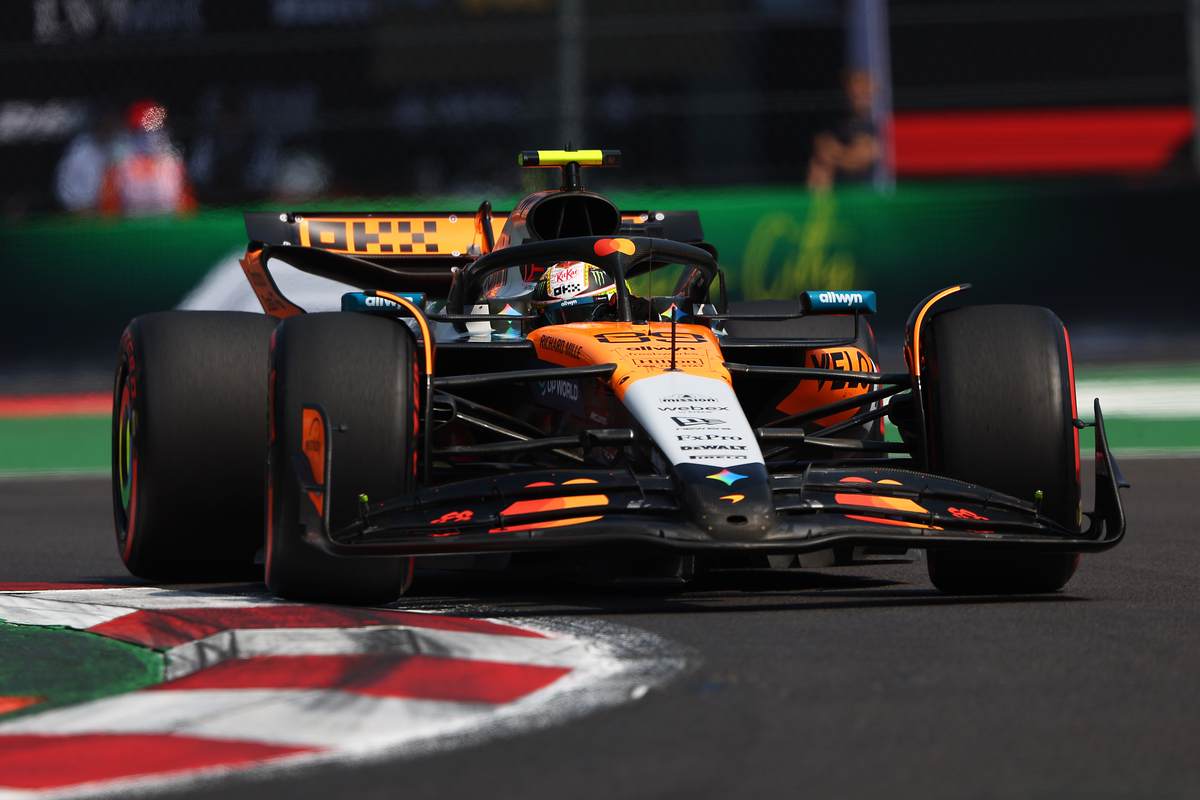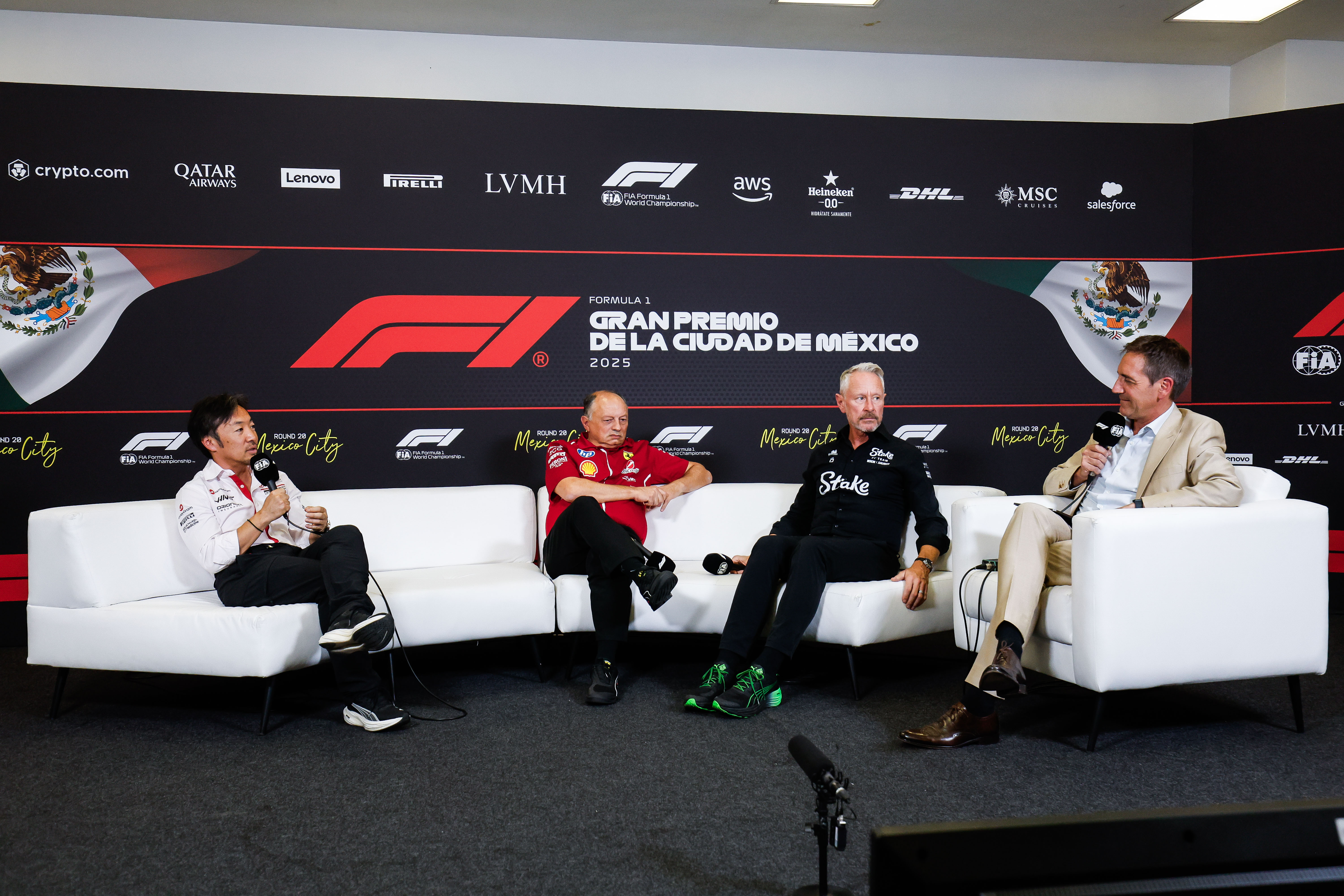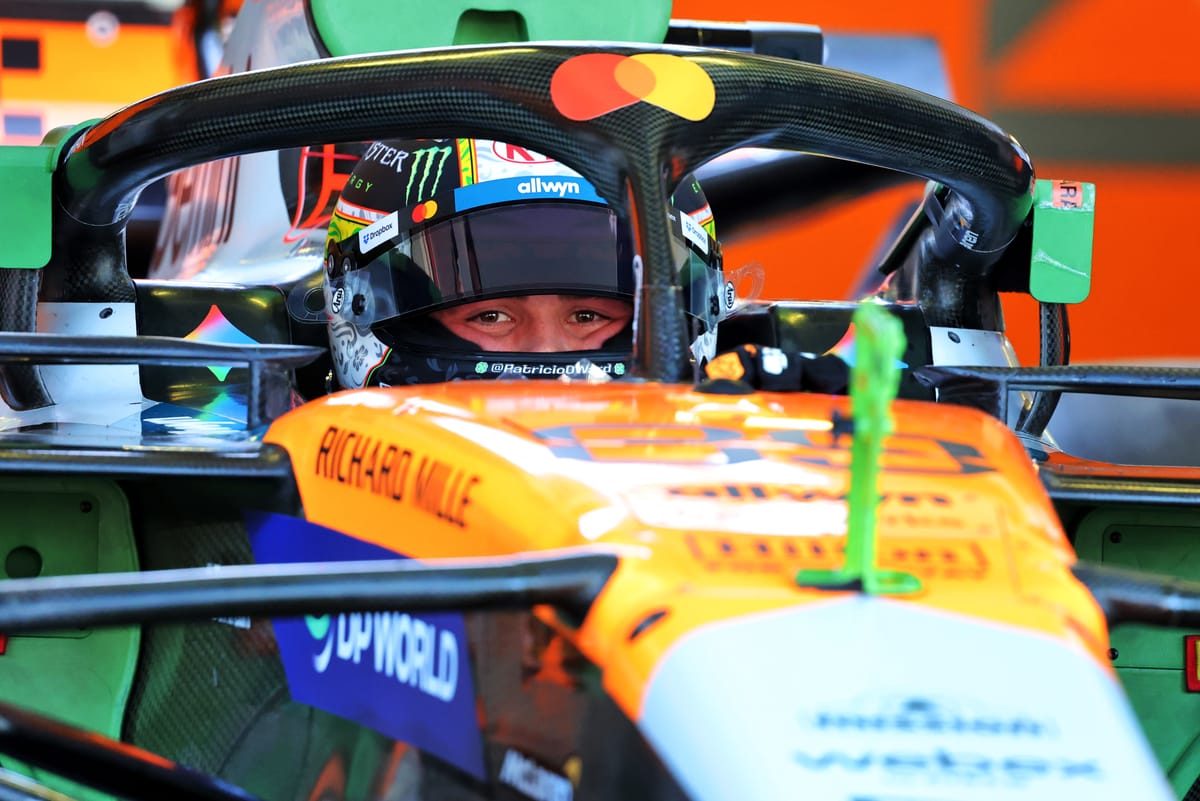
Why Nearly Half of the F1 Grid Will Miss Mexican GP's First Practice
Nine F1 race drivers will sit out Free Practice 1 (FP1) at the Mexican Grand Prix, making way for rookie drivers. This significant handover, impacting almost half the grid, is primarily due to updated sporting regulations and the unique characteristics of the Autódromo Hermanos Rodríguez circuit.
Why it matters:
Formula 1's regulations mandate 'rookie' drivers—those with fewer than two championship race appearances—to participate in FP1 sessions. This quota increased to four appearances per season per car in 2025, creating more opportunities for new talent. Mexico's late-season timing and track conditions make it a prime location for teams to fulfill these requirements, offering a vital platform for emerging drivers while impacting regular race preparations.
The Details:
- Rookie Lineup: An impressive nine rookie drivers will participate in FP1, including Arvid Lindblad (Red Bull), Pato O'Ward (McLaren), Antonio Fuoco (Ferrari), Fred Vesti (Mercedes), Luke Browning (Williams), Jak Crawford (Aston Martin), Paul Aron (Alpine), Ayumu Iwasa (Racing Bulls), and Ryo Hirakawa (Haas).
- Sauber Exception: Sauber is the only team not fielding a rookie, having already met its quota through Gabriel Bortoleto's appearances in earlier sessions and on-loan Paul Aron at Silverstone and Hungaroring.
- Popular Venue: Mexico has consistently been a preferred circuit for rookie outings, with five such appearances in each of the past two years. This year's jump to nine reflects the increased regulatory requirements.
- Late Season Timing: The Mexican Grand Prix occurs late in the season when teams have fewer significant upgrades and less to learn about their cars. With three of the last six events being sprint weekends (which preclude rookie FP1 appearances), opportunities are limited, making Mexico and Abu Dhabi attractive choices.
- Track Characteristics: The Autódromo Hermanos Rodríguez is a maximum downforce configuration track, simplifying aero setup. Although the actual downforce produced is low due to high altitude (nearly 2300 meters), it's a relatively straightforward circuit for rookies to learn.
- 'Green' Track Conditions: The most significant factor is the 'green' (low-grip, dirty) nature of the track in FP1, which sees prodigious track evolution. Laptimes can be several seconds slower in FP1 compared to qualifying, making early data less relevant for optimal car setup.
- Driver Perspectives: George Russell and Ollie Bearman both suggest that missing FP1 in Mexico might even be an advantage. Russell noted that without the 'bad experiences' of a dirty FP1, drivers can go into FP2 with a cleaner slate. Bearman, who has experienced both sides, opted to skip this session, calling it the "least damaging" choice given the track's evolution.
Between the lines:
While teams use FP1 to fulfill regulatory obligations and give rookies valuable experience, the session's limited relevance to race conditions is a major driver behind the mass rookie participation. Regular drivers often perceive minimal competitive disadvantage from sitting out, highlighting the unique challenges of the Mexico City circuit for initial setup work. The focus shifts to ensuring rookies perform a "professional job" and gain critical F1 exposure.
Looking Ahead:
This trend of high rookie participation in FP1 at specific late-season races, particularly Mexico, is set to continue and possibly intensify with the increased quota for 2025. It offers a crucial pipeline for talent development and provides fans with a glimpse of future F1 stars. Drivers like Luke Browning are already garnering attention, with F2 frontrunner Gabriel Bortoleto tipping him for a successful F1 career, underscoring the importance of these FP1 opportunities.
Original Article :https://www.the-race.com/formula-1/f1-mexican-gp-first-practice-why-so-many-driv...


